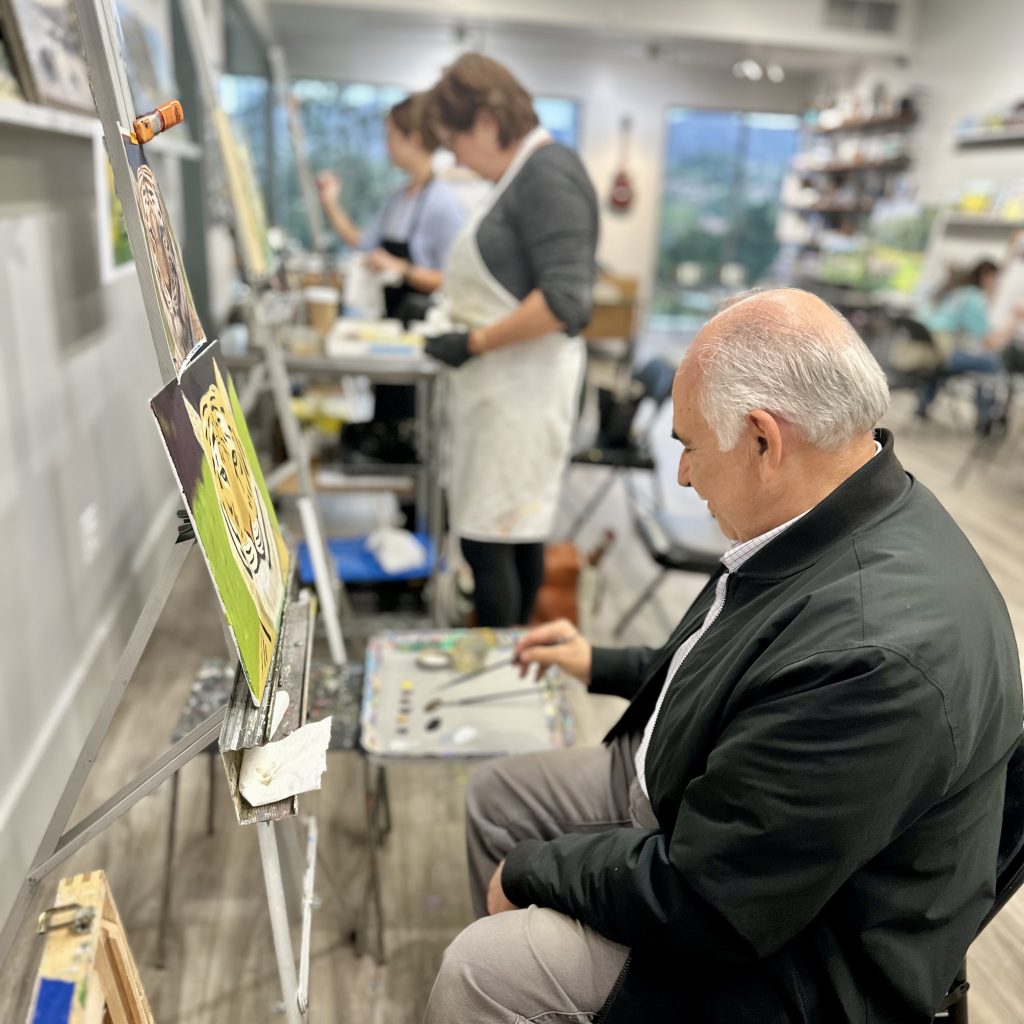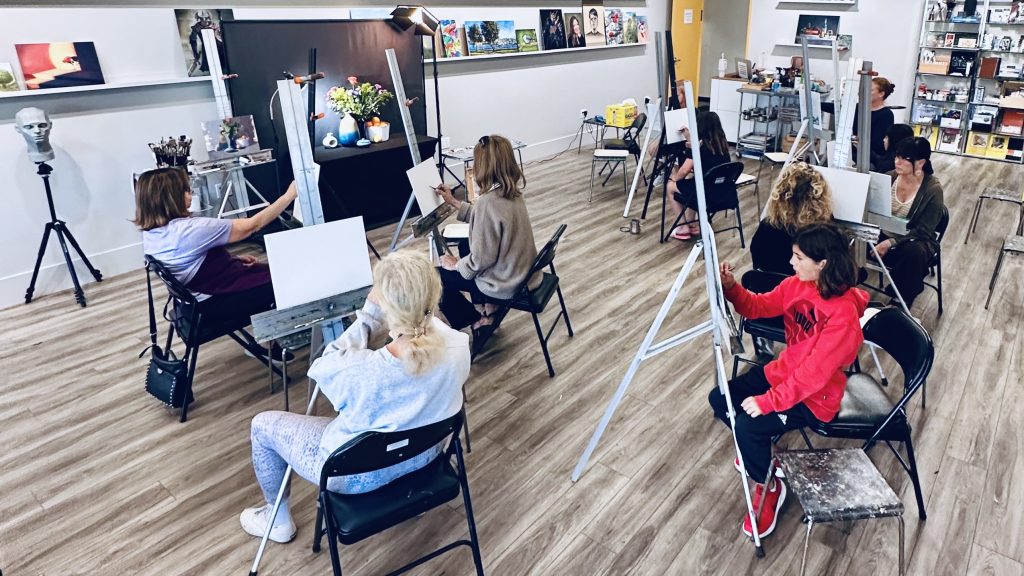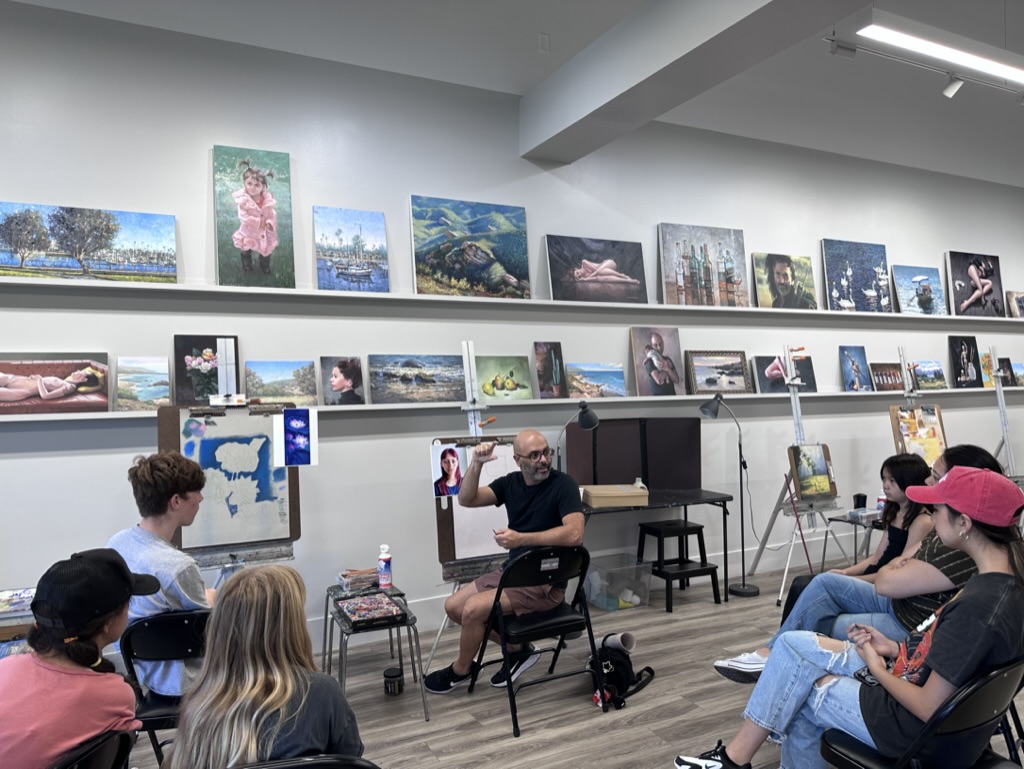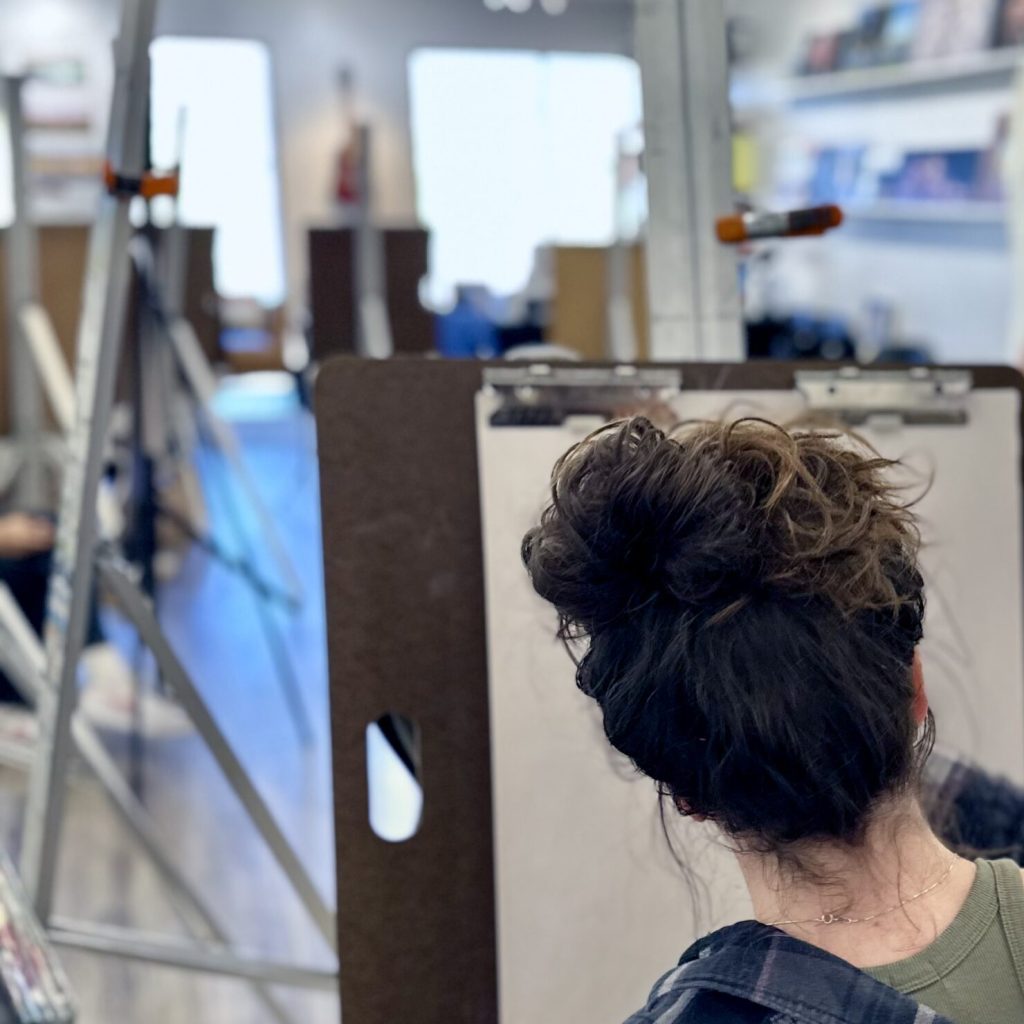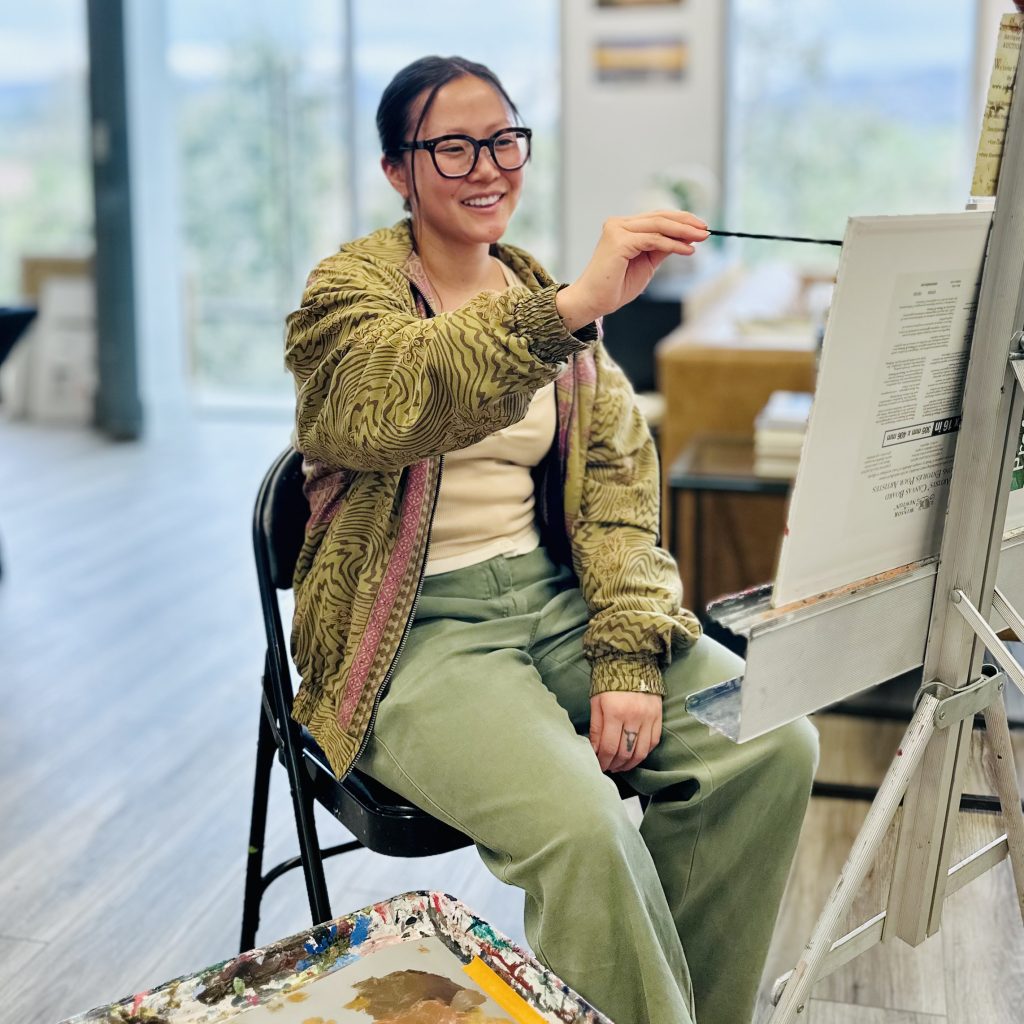
As the year comes to a close, many people naturally begin thinking about fresh starts, new goals, and the creative breakthroughs they want to experience in 2026. But here’s the truth:
If you wait until January to start your artistic journey, you’re already behind.
There’s no better time than right now—in these final weeks of the year—to join us at the Raminfard School of Arts and begin nurturing the artist within you.
Here’s why starting today gives you a massive advantage.
1. Momentum Matters — Begin Now, Not “Someday”
Almost everyone plans to start something next year, but the people who actually transform their creativity are the ones who take the first step today.
When you begin your art practice now:
-
You bypass the procrastination of “I’ll start after the holidays.”
-
You build momentum before the new year even arrives.
-
You enter 2026 already confident, warmed up, and creatively alive.
Your future artist-self will thank you.
2. You Get Personalized Guidance Before Our 2026 Rush
January is traditionally the busiest season of the year for art schools — including ours.
New students flood in, schedules tighten, and our classes fill quickly.
By starting in November or December:
-
You secure a spot in your preferred class time.
-
You receive more individualized coaching while it’s quieter.
-
Your instructor has more time to understand your goals and tailor a plan for you.
When 2026 hits, you walk in with experience while everyone else is just beginning.
3. You Experience the Therapeutic Calm You’ve Been Craving
The end of the year is often stressful — holidays, work, family obligations, and the emotional exhaustion that comes with all of it.
Art gives you:
-
A quiet place to breathe
-
A break from screens and responsibilities
-
A grounding sense of joy, flow, and expression
-
A creative outlet that reduces anxiety and boosts confidence
Even one class a week can radically shift how you feel going into the new year.
4. You’ll Actually Keep Your 2026 Creative Resolutions
Studies show that people are far more likely to stick with new habits when they don’t start them on January 1st.
Why?
Because the pressure is gone.
There’s no “all or nothing.”
It feels natural instead of forced.
Start now, and by the time 2026 comes, taking art classes is already part of your life — not a resolution that fades by February.
5. You Begin 2026 With a Strong Foundation — Not as a Beginner
Imagine this:
-
By January, you already know how to mix colors confidently.
-
You understand composition, value, light, and shadow.
-
You have a painting or drawing in progress that you’re proud of.
-
You’ve formed relationships with your instructor and classmates.
You don’t just start your art journey in 2026 — you continue it with confidence and momentum.
6. Because There Is No “Perfect Time” — Only Now
Life won’t slow down in 2026.
Schedules won’t magically open up.
Stress won’t disappear on its own.
The perfect time to invest in yourself is always now.
Not after the holidays.
Not when things calm down.
Now.
Your creativity has been waiting long enough.
Ready to Start? Here’s How to Begin
Whether you’re a total beginner or an experienced artist returning to your craft, we’ll walk you through every step. Our instructors specialize in:
-
Drawing fundamentals
-
Oil and acrylic painting
-
Portraits and figures
-
Landscapes and composition
-
Advanced techniques inspired by masters like Sargent, Zorn, Payne, and more
And yes — your first class can be as early as this week.
🎨 Reserve your spot now before the 2026 rush begins!

